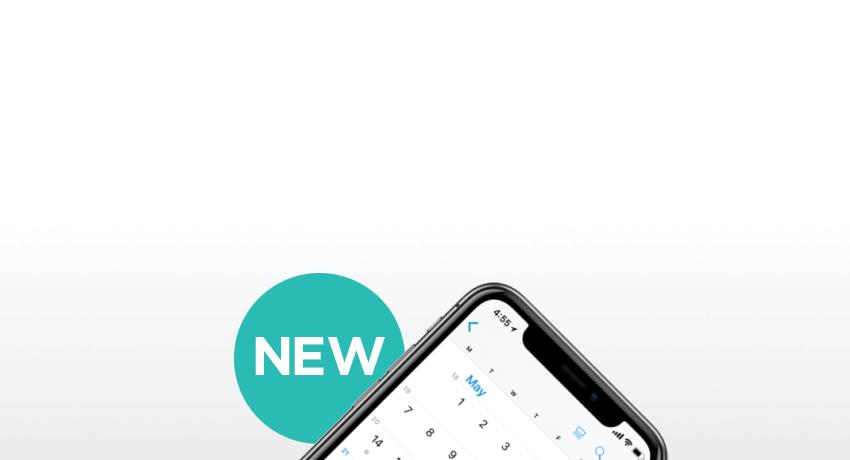What is PEG placement?
PEG (percutaneous endoscopic gastrostomy) is a procedure by which a feeding tube is placed to provide long-term nutritional support for patients who are unable to swallow as a result of head or neck tumors, trauma, stroke or other severe neurological problems.
What should I expect during PEG placement?
- The procedure itself takes about 30 minutes to complete.
- IV conscious sedation is used to help you relax for the procedure.
- A flexible tube called an endoscope is passed through your mouth into your stomach. An endoscope allows the physician to see the inside of your esophagus and stomach. It also helps locate the proper place in your stomach in which to position the feeding tube. Once the best location has been determined, the skin is numbed, and a small incision is made into the abdomen through which a small tube is inserted. This is the feeding tube. The tube is held in place by a small button-like object called a bumper. It is now possible for formula, fluid, liquid dietary supplements, and if directed, medications to go through the tube directly into the stomach.
- Minor discomfort during the procedure may be felt, such as abdominal pressure or bloating
What should I expect after PEG placement?
- You will be looked after in the Endoscopy Department for a short period of time and will be admitted to the hospital for a day or two. Usually, the tube feedings do not begin until the following morning.
- The PEG tube does not prevent you from eating regular food. The PEG tube provides an access, directly into your stomach, for extra nutrition if you are not able to take enough nutrition by mouth.
- The tube will only be in place as long as you need it to meet your nutritional needs. Some people may need it for a short period of time and others may need to leave it in for their entire life.
- It is not uncommon to need to replace the tube from time to time if long term use is required. The tube can be easily removed when it is no longer needed.
What are the possible complications of PEG placement?
Although problems with PEG tubes are rare, it is important for you to know when to call the doctor.
Call if you have:
- Diarrhea for more than 48 hours
- Persistent nausea or vomiting, dehydration (symptoms: thirst, dry tongue, fever, skin changes).
- Vomiting of feedings; bloating, or abdominal distention.
- Severe pain at tube site, a temperature over 101, or excessive drainage or bleeding from the site.
- If it is difficult or impossible to flush the tube with formula or water.
Support:
Your tube may be made by Bard Interventional Products or Wilson Cook. Bard has a support number you can call anytime, day or night; 1-866-893-2691. Wilson-Cook's support number is 1-800-815-4707 and they are available 8am-5pm. You may also call your physician’s office.


